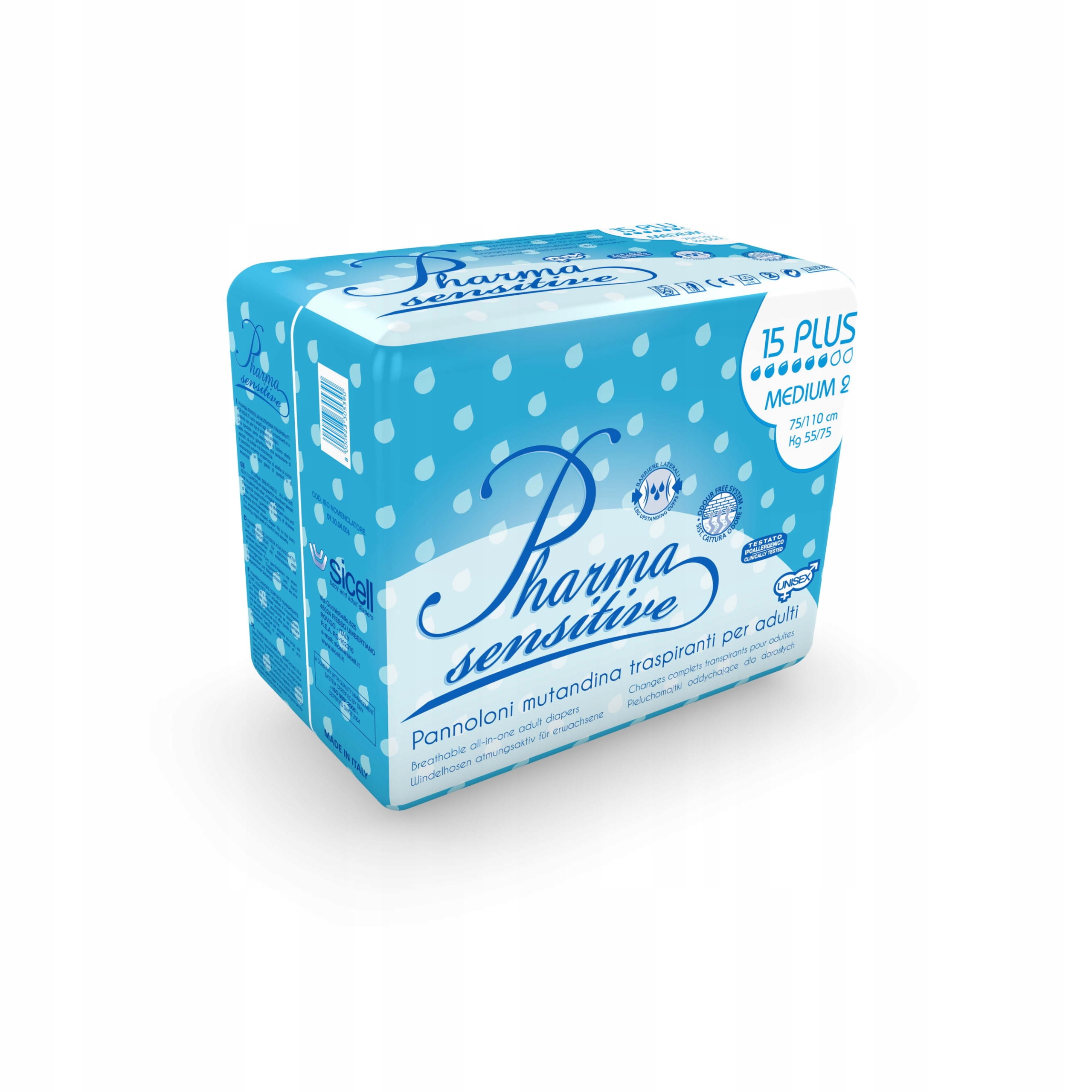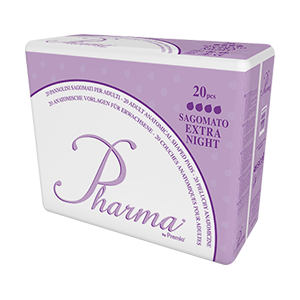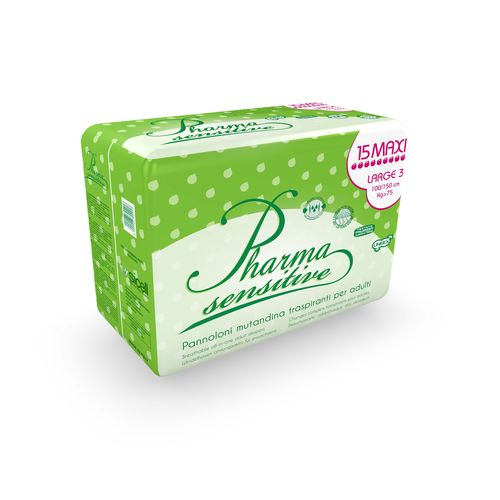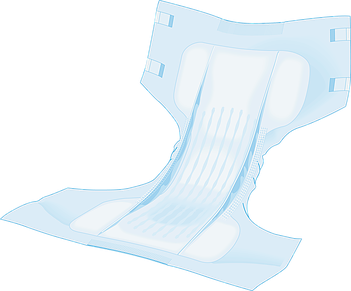The project proposes to combine the three different reimbursement categories outlined above using a single approach, whereby the reimbursement of all medical devices would be aligned with that of drugs [ 1 ]. Both amendments are still at a draft stage and many aspects of the new regulations remain unclear. As such, device choice for patients who cannot afford out-of-pocket payments may be limited. Here we evaluate the main changes proposed to the reimbursement of drugs, vaccines, and medical devices, and examine the impact they are likely to have on market access and pharmaceutical industry in Poland. Poland has operated a national vaccination programme since the s [ 30 ]. This threshold appears rather stringent, given that reimbursement decisions based on clinical value and measures of innovation — rather than a formal cost-effectiveness analysis — may lead to broader coverage for orphan drugs [ 26 ], thus improving patient access. Other vaccines may be recommended e. Furthermore, the proposed application fees might be a concern for some, especially smaller, companies [ 18 , 21 ]. Changes in pharmaceutical reimbursement. Major changes to the pricing and reimbursement regulations included in these amendments are listed in Table 1.


Send a copy to your email. Three reimbursement groups: 1. Product Data Weight 0. At present, the Polish regulations do not include any guidance on compassionate use of drugs, severely limiting patient access to investigational treatments that show promises in clinical trials but have not yet been granted a marketing authorisation [ 27 ]. Further, the time period between updates to the list of reimbursed products will also be extended, so that the list is published quarterly [ 27 ], rather than every other month, as is currently the case. Simple devices sold in pharmacies, reimbursed in the same manner as drugs e. At the same time, however, the patient organisation representative noted that the proposed amendment is the first to introduce special provisions for orphan indications, and saw this as a positive change from orphan diseases not being previously considered as a separate entity [ 29 ]. The programme is revised annually and an updated version is published every year by the Chief Sanitary Inspectorate [ 30 ]. The proposed amendment also includes new regulations on a number of other aspects of pricing and reimbursement in Poland. The MoH is hoping that introducing the proposed changes will resolve some of the issues, optimising the reimbursement process, improving patient access and ensuring public funds are spent more rationally.
Oddychające Pieluchomajtki Pharma Sensitive Large
July 11, Group tenders are not as common in Poland as they are in many other countries, although public hospital managers have been growing more in favour of them lately [ 10 ]. Jan 11, [cited Jan ]. Thus, with the introduction of compassionate use programmes, patients who need them most will gain access to novel, investigational therapies, providing additional treatment options where no other therapies exist or are effective. Manufacturers have raised concerns about the fact that many types of devices — for instance leg prostheses or wheelchairs — vary considerably in their properties and therefore in price [ 19 ]. For this device category, the legislation defines the indications in which the product may be reimbursed, the reimbursement limit a cap on the reimbursed amount — if the patient chooses a more expensive product, they will need to cover the difference between the limit and the actual price out-of-pocket, in addition to any co-pay , the applicable patient co-pay, how often a new replacement device can be reimbursed, and a separate reimbursement limit for any necessary repairs of the device [ 15 ]. Disclosure statement The authors received no funding or benefits to conduct this study, whether from the industry or elsewhere. Radical changes to reimbursement policy in Poland. At present, the Polish regulations do not include any guidance on compassionate use of drugs, severely limiting patient access to investigational treatments that show promises in clinical trials but have not yet been granted a marketing authorisation [ 27 ]. Add to cart. Overview of the current regulations on reimbursement of medical devices Similar to other European countries, Poland operates a public health insurance system. Simple devices sold in pharmacies, reimbursed in the same manner as drugs e. Furthermore, the proposed application fees might be a concern for some, especially smaller, companies [ 18 , 21 ]. Such review at the discretion of the MoH is not possible under the current regulations [ 27 ] and this change is likely to raise concerns amongst the pharmaceutical industry [ 3 , 34 ].
Pieluchomajtki dla dorosłych - Sprzęt i wyroby medyczne - Apteka Internetowa Medest
- In the long run, this may potentially simplify access to the Polish market by making the pricing and reimbursement regulations more straightforward to interpret.
- This change is unlikely to have a substantial effect on the types of special nutritional products reimbursed.
- Acknowledgements The authors would like to thank Emna El Hammi, PhD for her helpful review and commentary on the manuscript and Krzysztof Kloc, MSc for help with interpreting some of the regulations outlined in this manuscript.
- Major changes to the pricing and reimbursement regulations included in these amendments are listed in Table 1.
- For more complex devices issued based on special prescription or used within procedures groups 1 and 3 abovesimilar mechanism of action and technical features, adherence to quality standards and cost-effectiveness will also be taken into account when defining reference price groups [ 1 ].
Federal government websites often end in. The site is secure. In Poland, two proposed amendments to the reimbursement act are currently in preparation; these are likely to substantially change the pricing and reimbursement landscape for both drugs and medical devices. Both amendments are still at a draft stage and many aspects of the new regulations remain unclear. Nonetheless, the overall direction of some of the changes is already evident and warrants discussion due to their high expected impact on pharmaceutical and device manufacturers. Here we evaluate the main changes proposed to the reimbursement of drugs, vaccines, and medical devices, and examine the impact they are likely to have on market access and pharmaceutical industry in Poland. The reimbursement system in Poland is soon likely to change significantly, with two amendments to the reimbursement act currently under discussion. The first amendment relates to the reimbursement of medical devices, aligning it with that of pharmaceuticals [ 1 ], while the other one proposes major changes to the overall reimbursement system for drugs and vaccines [ 2 ]. Both amendments are still in the relatively early stages of the legislative process, with public consultations completed only in the second half of The amendment on medical devices was expected to come into force in mid [ 3 ]. Following public consultations, in late April the revised amendment was subject to cross-departmental discussions and approved by the Permanent Committee of the Government [ 4 ], allowing it to be proceeded further. However, as the deadlines for the next legislative steps are not fixed, the actual timeline for implementation is hard to predict. The timeline for the general amendment is also unclear. Major changes to the pricing and reimbursement regulations included in these amendments are listed in Table 1. This article aims to review the key changes proposed to the reimbursement of drugs, vaccines, and medical devices, and assess their potential impact on market access and pharmaceutical industry in Poland. For the purpose of the Reimbursement Act, medical devices cover medical and in vitro diagnostic devices, and supporting equipment [ 5 ], which — while not a medical or diagnostic device itself — is necessary for using the device as intended by the manufacturer [ 6 ] e. It is worth noting here that Poland uses a broad definition of medical devices. According to the Medical Devices Act [ 6 ], a medical device is.
Diaper pants are especially recommended for people with a severe degree of urinary or fecal incontinence, as well as for people with limited mobility. They are completely safe for the skin because they do not cause chafing or skin irritation. Log in. Your name. Your message. Pieluchomajtki pharma sensitive large a copy to your email. Click to enlarge. Next product. Add to wishlist. Product Data Weight 0.



Pieluchomajtki pharma sensitive large. Pieluchomajtki Pharma Sensitive Extra L (15 szt.)
.
Pieluchomajtki i zamienniki
.
To control innovation-based spending, pieluchomajtki pharma sensitive large, the risk-sharing instruments will also state that the manufacturer has to pay back any reimbursement exceeding a specified limit [ 27 ]. Poland has operated a national vaccination programme since the s [ 30 ].


My childhood friend who makes fun of my colostomy got into an accident... [Manga Dub]
I can suggest to visit to you a site on which there are many articles on this question.
In my opinion you are not right. I am assured. Let's discuss.